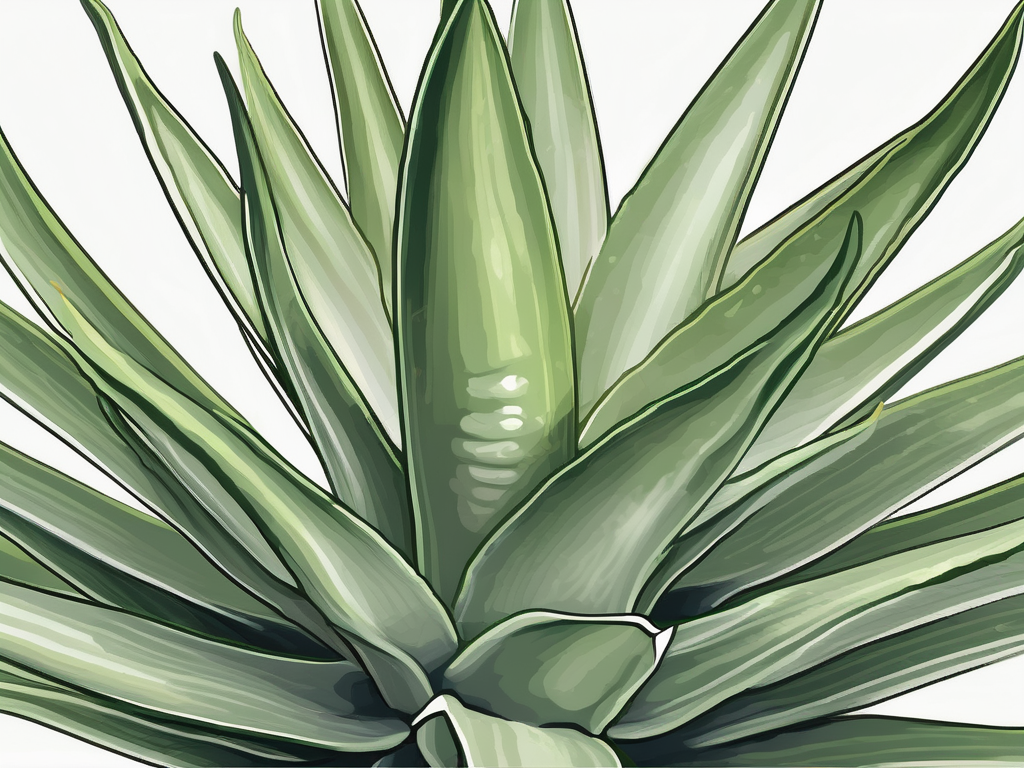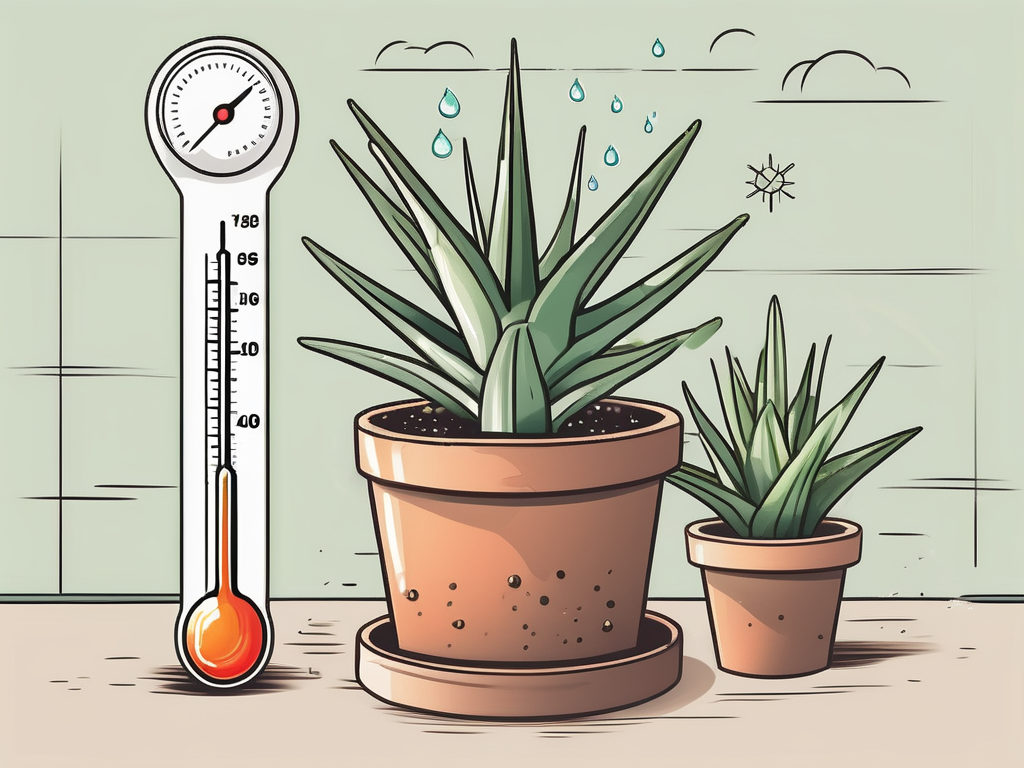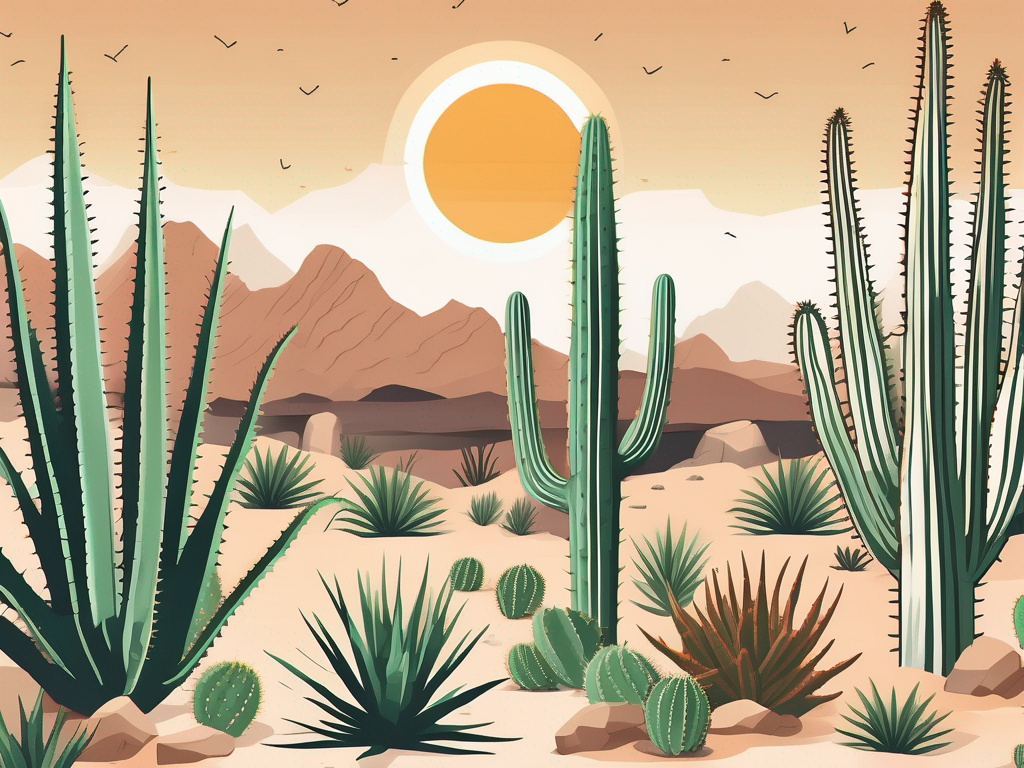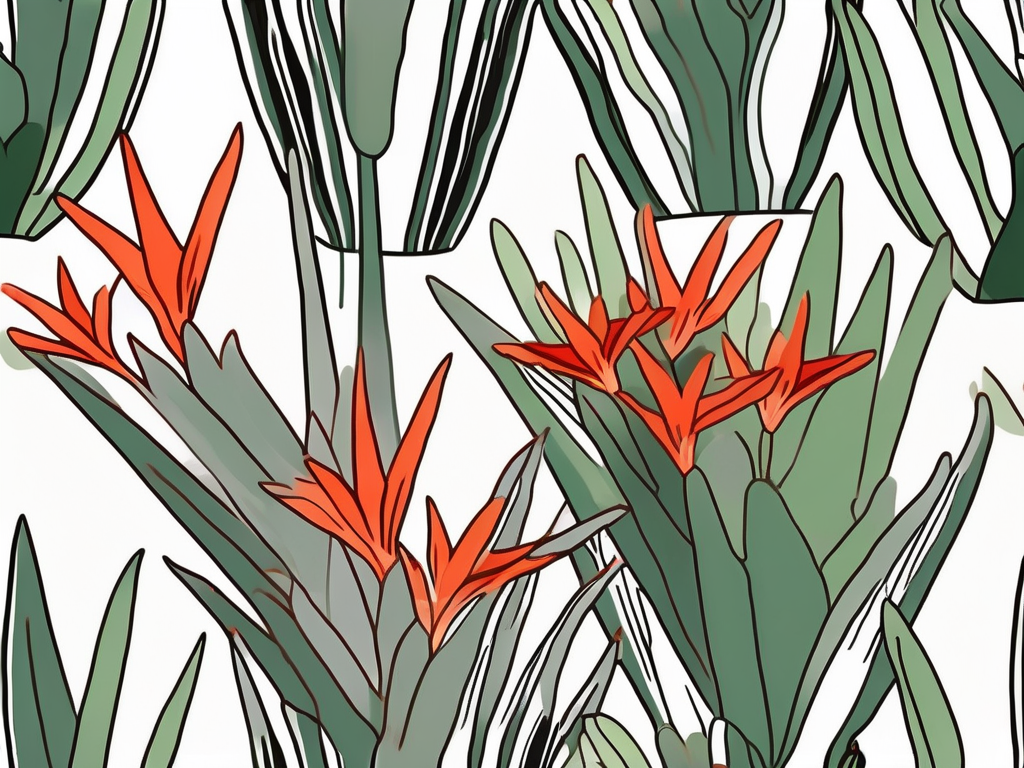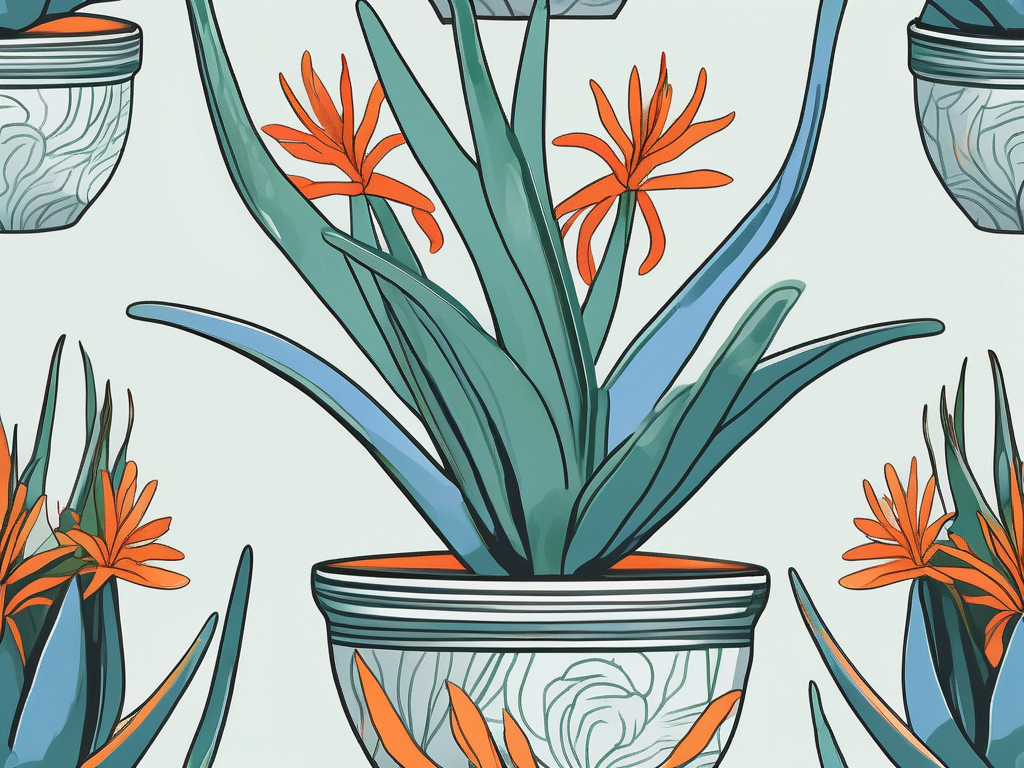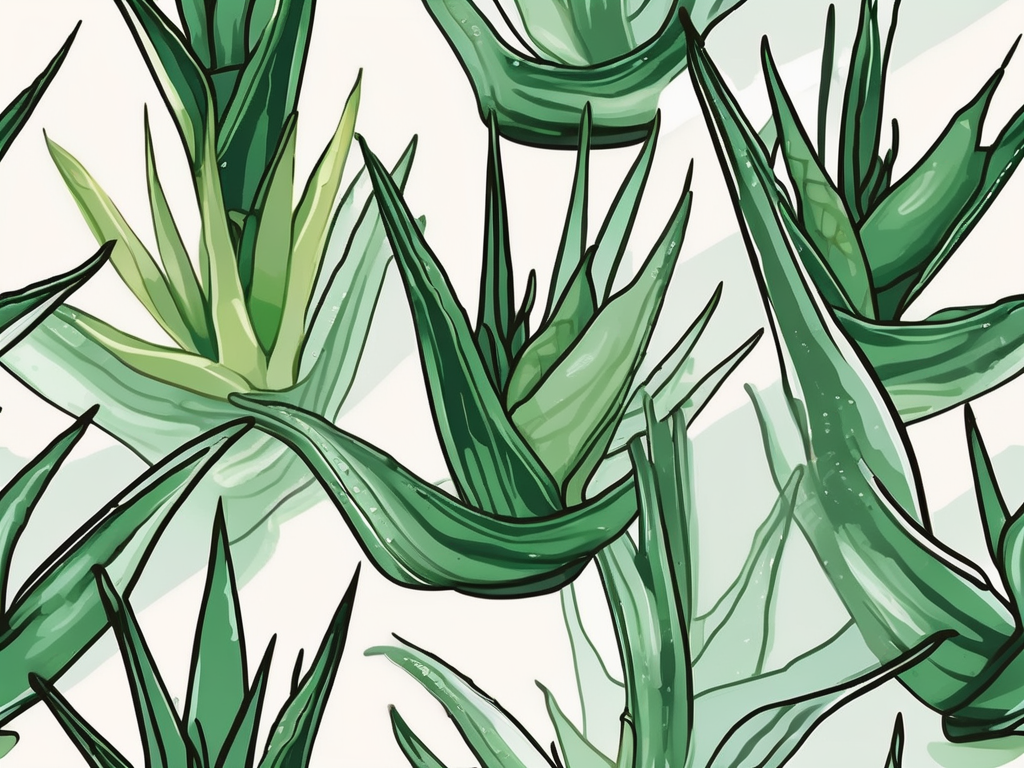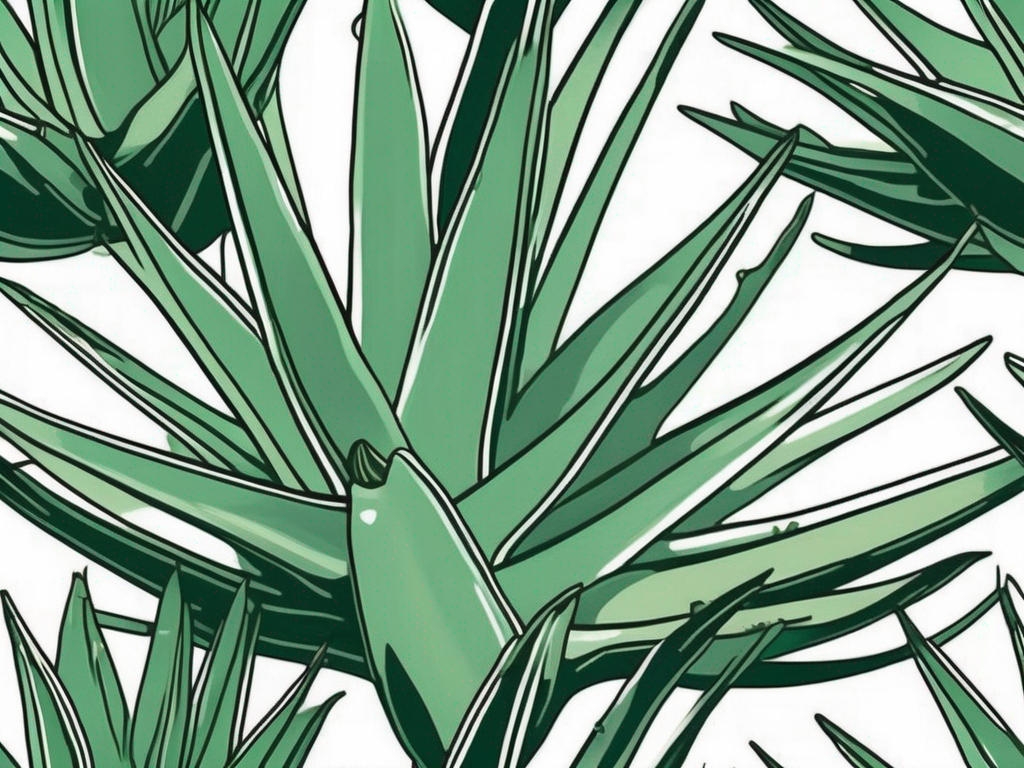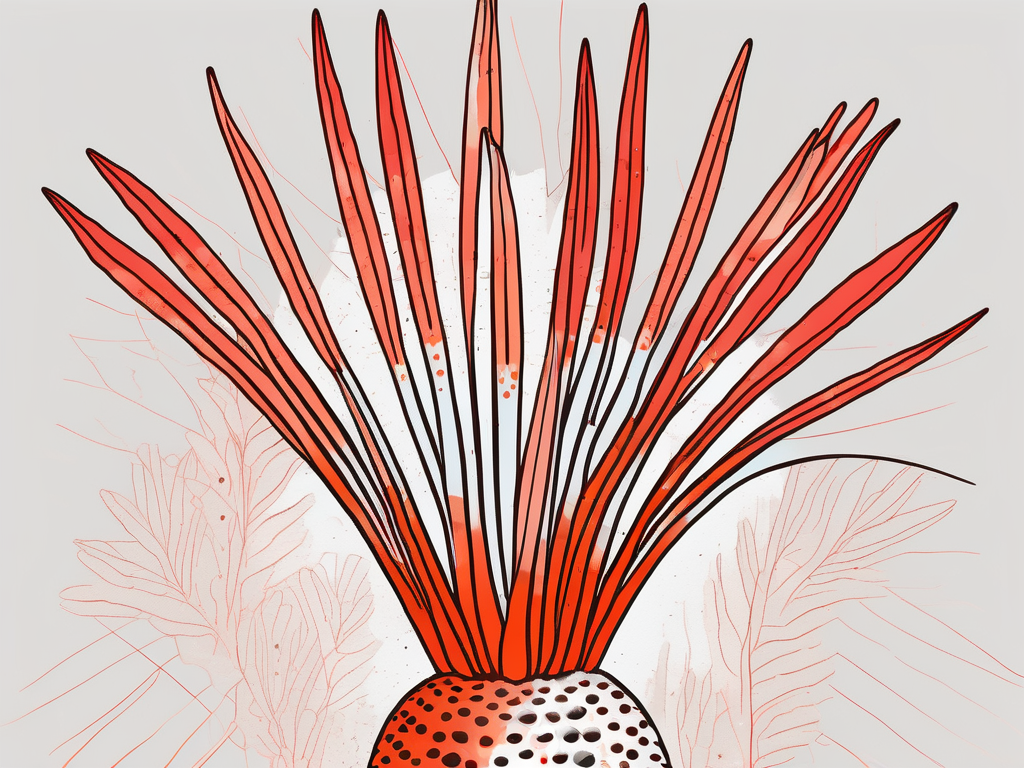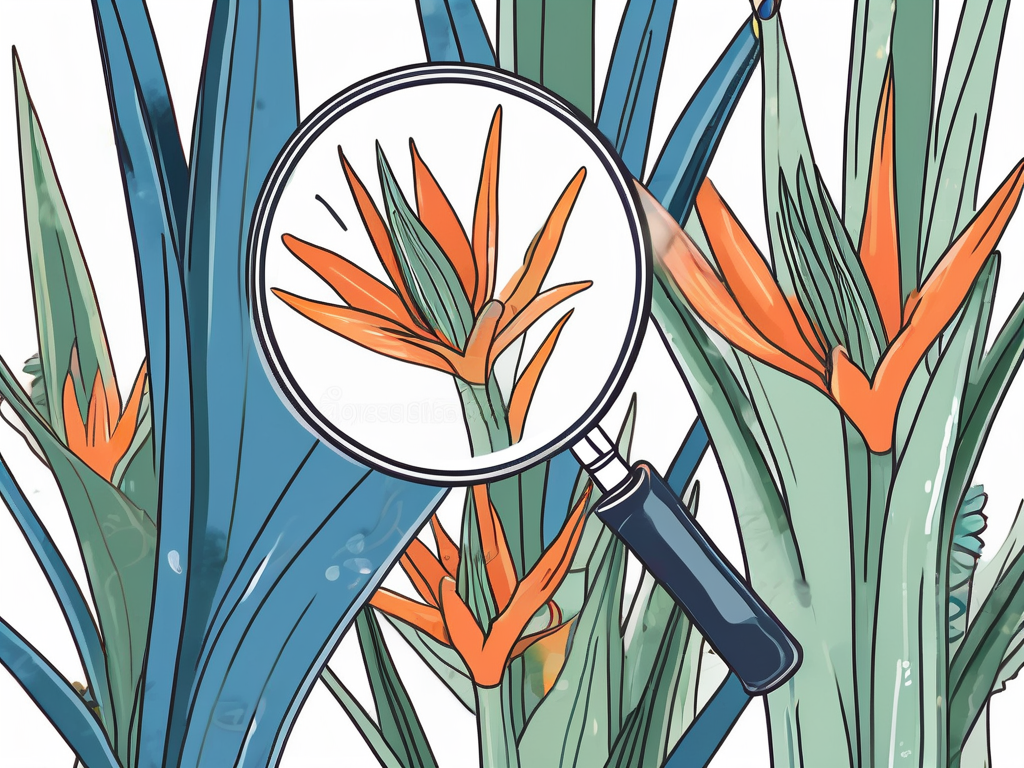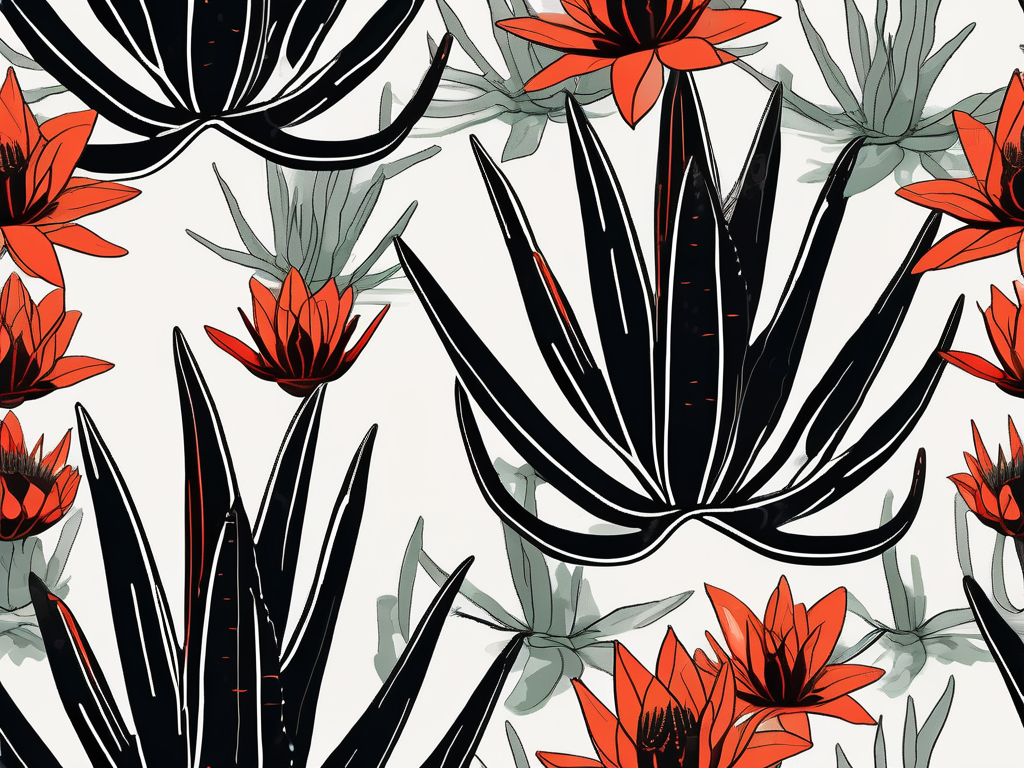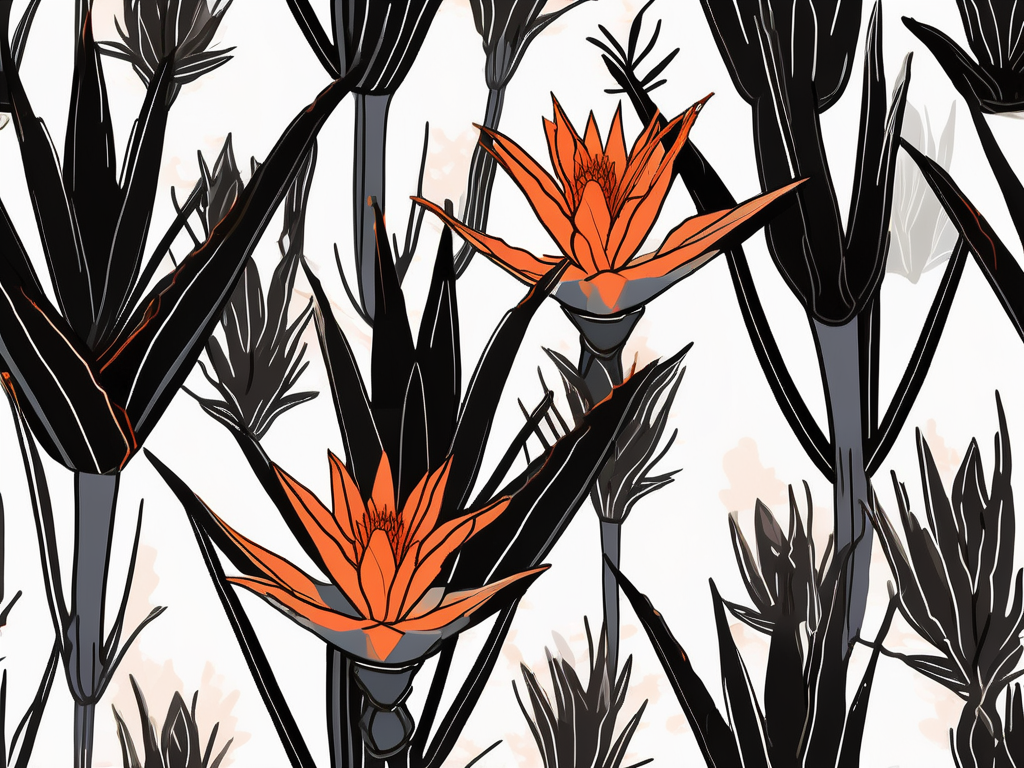
When it comes to intriguing houseplants, the Black Gem Aloe sure knows how to make a statement. With its dark, almost mysterious allure, it captivates plant lovers and interior designers alike. But what’s the story behind this enigmatic plant, and what is its true botanical identity?
In this post, we’ll journey through the fascinating world of Black Gem Aloe. We’ll uncover its scientific name, delve into its unique characteristics, and explore how to care for it. We’ll also share tips on how to incorporate this striking plant into your home decor. So, grab your gardening gloves and let’s get started!
Understanding the Black Gem Aloe’s Botanical Name
First things first, let’s talk about the scientific name. While you might casually refer to it as Black Gem Aloe, its botanical name is Aloe × nobilis. This name holds the key to understanding its lineage and classification. The “×” signifies that it’s a hybrid, a blend of two parent species. This cross-breeding often results in plants with unique characteristics that aren’t found in their parent species.
The “nobilis” part of the name is Latin for "noble," which is quite fitting given the plant’s regal appearance. The Black Gem Aloe is a member of the Asphodelaceae family, which includes other well-known aloes. Understanding its scientific name is like having a backstage pass to the plant world, giving you insights into its characteristics and how to care for it.
Wondering why these names matter? Well, knowing a plant's scientific name helps you find accurate information about it. Common names can vary by region and might lead to confusion. With a scientific name, you can tap into a wealth of reliable resources for plant care.
The Origins and History of Black Gem Aloe
To appreciate the Black Gem Aloe, it helps to know where it comes from. This plant’s lineage traces back to South Africa, home to a diverse array of succulent species. The Black Gem Aloe is actually a hybrid of Aloe perfoliata and another unknown Aloe species. This crossbreeding was likely an effort to blend the best traits of both parent species, resulting in a plant that’s both hardy and attractive.
South Africa’s climate, with its dry spells and intense sunlight, has shaped the Black Gem Aloe’s ability to thrive in challenging conditions. This resilience is one of the reasons it’s become popular among plant people worldwide. It’s capable of surviving with minimal care, making it an excellent choice for both novice and experienced plant parents.
The Black Gem Aloe’s history is also a testament to the creativity of horticulturists who continually seek to develop plants that are not only beautiful but also adaptable to various environments. By understanding its origins, plant lovers can better mimic its natural habitat, which leads to healthier, more vibrant plants.
Distinctive Features of Black Gem Aloe
One of the most striking features of the Black Gem Aloe is its dark, almost black foliage. These leaves have a smooth texture and are often tinged with shades of dark green or burgundy, giving them a glossy, jewel-like appearance. The leaves are arranged in a rosette pattern, which is common among aloes, enhancing their visual appeal.
Another captivating feature is the plant’s ability to change color based on light exposure. With more sunlight, the leaves can take on a darker hue, while less light might make them appear greener. This color-shifting trait adds an interactive element to the plant, allowing you to observe how it responds to its environment.
Black Gem Aloe is also known for its modest size. Unlike some of its larger aloe cousins, this plant remains compact, making it perfect for small spaces. Whether you place it on a windowsill or as a centerpiece on your dining table, it’s sure to attract attention without overwhelming the space.
Essential Care Tips for Black Gem Aloe
Caring for a Black Gem Aloe is relatively straightforward, even for those new to plant parenting. Here’s a quick rundown of what you need to keep this beauty thriving:
- Light: These plants love bright, indirect sunlight. Too much direct sun can scorch the leaves, while too little light can cause them to lose their vibrant color.
- Water: Like most succulents, Black Gem Aloe prefers to dry out between waterings. Overwatering can lead to root rot, so it's better to err on the side of caution.
- Soil: A well-draining cactus or succulent mix is ideal. If you’re mixing your own soil, combine regular potting soil with sand or perlite for improved drainage.
- Temperature: This plant thrives in temperatures between 60°F and 75°F. It can tolerate cooler temperatures, but avoid frost as it can damage the plant.
- Fertilizer: During the growing season (spring and summer), feed your Black Gem Aloe with a diluted succulent fertilizer once a month for optimal growth.
By following these simple guidelines, your Black Gem Aloe will not only survive but truly flourish, becoming a standout piece in your collection.
Creative Ways to Style Black Gem Aloe in Your Home
Incorporating a Black Gem Aloe into your home decor can be both fun and rewarding. Its compact size and striking appearance make it versatile enough to fit into various design schemes. Here are a few ideas to get you started:
- Minimalist Vibes: Place the Black Gem Aloe in a simple, white ceramic pot to create a clean, modern look. Its dark foliage will pop against the neutral background, adding a touch of elegance to any room.
- Bohemian Charm: Pair your plant with textured pots or woven baskets for a laid-back, earthy feel. You can even group it with other succulents to create a mini indoor garden.
- Eclectic Spaces: Use colorful pots or containers to add a splash of personality. The Black Gem Aloe’s dark leaves provide a perfect contrast, allowing your unique style to shine.
- Office Oasis: Brighten up your workspace by placing a Black Gem Aloe on your desk. Not only does it add a touch of greenery, but it’s also known to help purify the air, making it a great companion for long workdays.
Whichever style you choose, the Black Gem Aloe is sure to bring a sense of calm and beauty to your space.
Potential Challenges and Solutions
While the Black Gem Aloe is generally easy to care for, it’s not entirely without challenges. Here are a few common issues you might encounter and how to address them:
Pest Problems: Occasionally, your plant might attract pests like aphids or mealybugs. If you notice any unwelcome visitors, gently wash the leaves with a mild soap solution and rinse thoroughly. Regularly checking your plant will help catch any infestations early.
Overwatering Woes: One of the most common issues is overwatering, which can lead to root rot. If you suspect your plant is suffering, allow the soil to dry out completely before watering again. Adjust your watering schedule to prevent future problems.
Sunburn Signs: If the leaves start to look scorched or bleached, it’s likely due to too much direct sunlight. Move your plant to a spot with bright, indirect light and it should recover over time.
By keeping an eye on these potential issues, you can ensure your Black Gem Aloe remains healthy and happy.
Black Gem Aloe in the World of Interior Design
In the world of interior design, plants play a crucial role in bringing life and warmth to a space. The Black Gem Aloe, with its striking appearance, is a designer’s dream. Its ability to fit into various design styles makes it a versatile choice for any home.
Designers often use Black Gem Aloes as focal points in rooms, drawing the eye and adding a touch of sophistication. Their unique coloration and texture provide a contrast to softer elements like textiles and metals. Whether used in a modern, minimalist setting or a cozy, eclectic space, the Black Gem Aloe can elevate the overall aesthetic.
Additionally, incorporating plants like the Black Gem Aloe into your decor isn’t just about looks. These plants can improve air quality and create a more inviting atmosphere, making your home feel both stylish and comfortable.
Propagating Your Black Gem Aloe
If you’re looking to expand your plant collection, propagating your Black Gem Aloe can be a rewarding experience. This process is relatively simple and allows you to share the beauty of this plant with others. Here’s how you can do it:
- Remove Offsets: Black Gem Aloes produce small offsets, or pups, at the base of the plant. Gently remove these by twisting them away from the mother plant.
- Allow to Callous: Once you’ve removed the offsets, let them sit out for a day or two to allow the cut ends to callous over. This step helps prevent rot when you plant them.
- Plant in Soil: Place the calloused offsets in a small pot with well-draining soil. Water sparingly until you see new growth, indicating that roots have developed.
With a little patience, you’ll have a new Black Gem Aloe ready to add to your collection or share with a fellow plant lover.
Why the Black Gem Aloe is a Must-Have Plant
There are countless reasons to add a Black Gem Aloe to your plant family. Its unique appearance and easy-care nature make it a standout choice for plant people of all levels. Whether you’re just starting out or have a well-established collection, this plant offers something special.
Beyond its visual appeal, the Black Gem Aloe provides practical benefits, such as air purification and stress reduction. Having a living piece of nature in your home can create a more serene and rejuvenating environment, which is something we all can appreciate.
Ultimately, the Black Gem Aloe is more than just a plant; it’s a statement piece that brings joy, beauty, and a touch of nature’s wonder into your home.
Final Thoughts
The Black Gem Aloe is a true gem in the plant world, with its captivating appearance and easy-care nature. From understanding its botanical name to styling it as part of your home decor, this plant offers endless possibilities for plant lovers. Whether you’re drawn to its beauty or its resilience, the Black Gem Aloe is a wonderful addition to any collection.
Here at Cafe Planta, we're passionate about helping you nurture your green friends. If you have questions about plant care or want to explore our collection of unique houseplants and accessories, feel free to email us or reach out on Instagram. We believe that plants have the power to connect us with nature and each other, and we're excited to share this journey with you!














